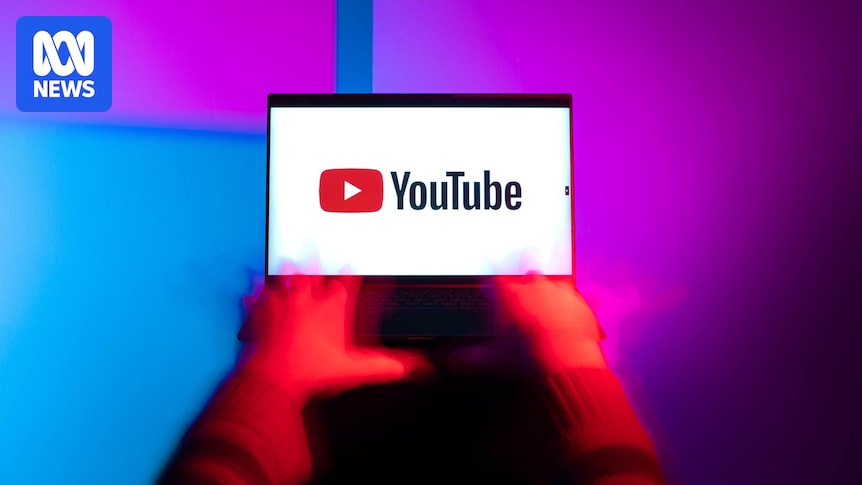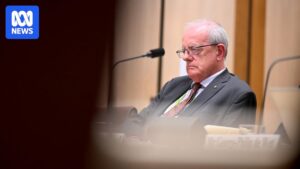
“I accidentally joined a gang in GTA 5.” This is the title of the first video recommended to me while browsing a version of YouTube supposedly tailored to hide content inappropriate for users under 18. For those unfamiliar, GTA, or Grand Theft Auto, is a notorious open-world game rated R18+ in Australia, where players assume the roles of criminals.
The thumbnail accompanying the video features the content creator surrounded by masked men brandishing weapons, a stark reminder of the platform’s challenges in filtering content for younger audiences. After a brief viewing, I continue browsing, encountering a mix of gaming videos, vaping tutorials, and behind-the-scenes tours of dangerous prisons. Despite YouTube’s efforts, inappropriate content remains easily accessible.
YouTube’s Social Media Ban for Under-16s
Starting December 10, under-16s will only be able to create accounts on YouTube Kids, a simplified version of the platform requiring parental setup. This move follows the federal government’s decision in July to include YouTube in its social media ban for under-16s, based on recommendations from eSafety commissioner Julie Inman Grant. However, unlike Instagram or Snapchat, YouTube remains accessible without an account, raising concerns about content exposure.
Lucy, a 15-year-old user, expressed her worries: “There was a time when I didn’t have an account, and I was scrolling through some things that were not appropriate for me. It just means there’ll be more things out of our control because we can’t like, dislike, or report them without an account.”
Challenges in Content Moderation
YouTube’s community guidelines serve as the framework for permissible content, covering violent or graphic material, hate speech, and more. Videos breaching these policies may be removed, and creators could face account termination. If deemed “not appropriate for viewers under 18,” videos may be age-restricted, preventing access for users under 18 or those not signed in.
Mark Johnson, a senior lecturer in digital cultures at the University of Sydney, noted, “Age restrictions are not applied comprehensively. Young people might still be recommended content that should be age-restricted, like violent or drug-related material.”
Implications of the Ban
Without accounts, teens cannot report inappropriate videos. YouTube’s reporting process requires users to be signed in, a feature soon unavailable to many young Australians. Research from the eSafety commissioner shows YouTube is the most used platform among young Australians, with 40% of 10 to 15-year-olds exposed to harmful content.
Rachel Lord, Google and YouTube Australia’s public policy senior manager, stated at a Senate committee hearing, “The legislation will be difficult to enforce and does not fulfill its promise of making kids safer online. Forcing kids to use YouTube without an account removes parental controls and safety filters designed to protect them.”
Government’s Role and Industry Response
The government plans to legislate a “digital duty of care,” requiring services to prevent harm proactively. Platforms failing to comply may face fines up to $50 million. Dr. Johnson remains skeptical about the measures’ effectiveness, citing the profit motives of large tech companies.
“We need to keep in mind that all of these sites are owned by multi-billion-dollar people, and you don’t become that wealthy by caring about people,” Dr. Johnson emphasized.
The Algorithm’s Influence
YouTube’s algorithm, a closely guarded secret, tracks user behavior to recommend content. Dr. Johnson explained, “The algorithm doesn’t distinguish between content types. If you’re watching a gaming video, and others who watched it also viewed extreme content, YouTube’s algorithm might suggest similar videos.”
The social media ban may not change YouTube’s content recommendations, as it doesn’t address the root cause—platform owners’ lack of interest in maintaining safe environments. “This ban tackles effects, not causes,” Dr. Johnson concluded.
As December 10 approaches, the debate continues on whether these measures will genuinely enhance online safety for young Australians. The responsibility now lies with both YouTube and the government to ensure a safer digital space for the next generation.






